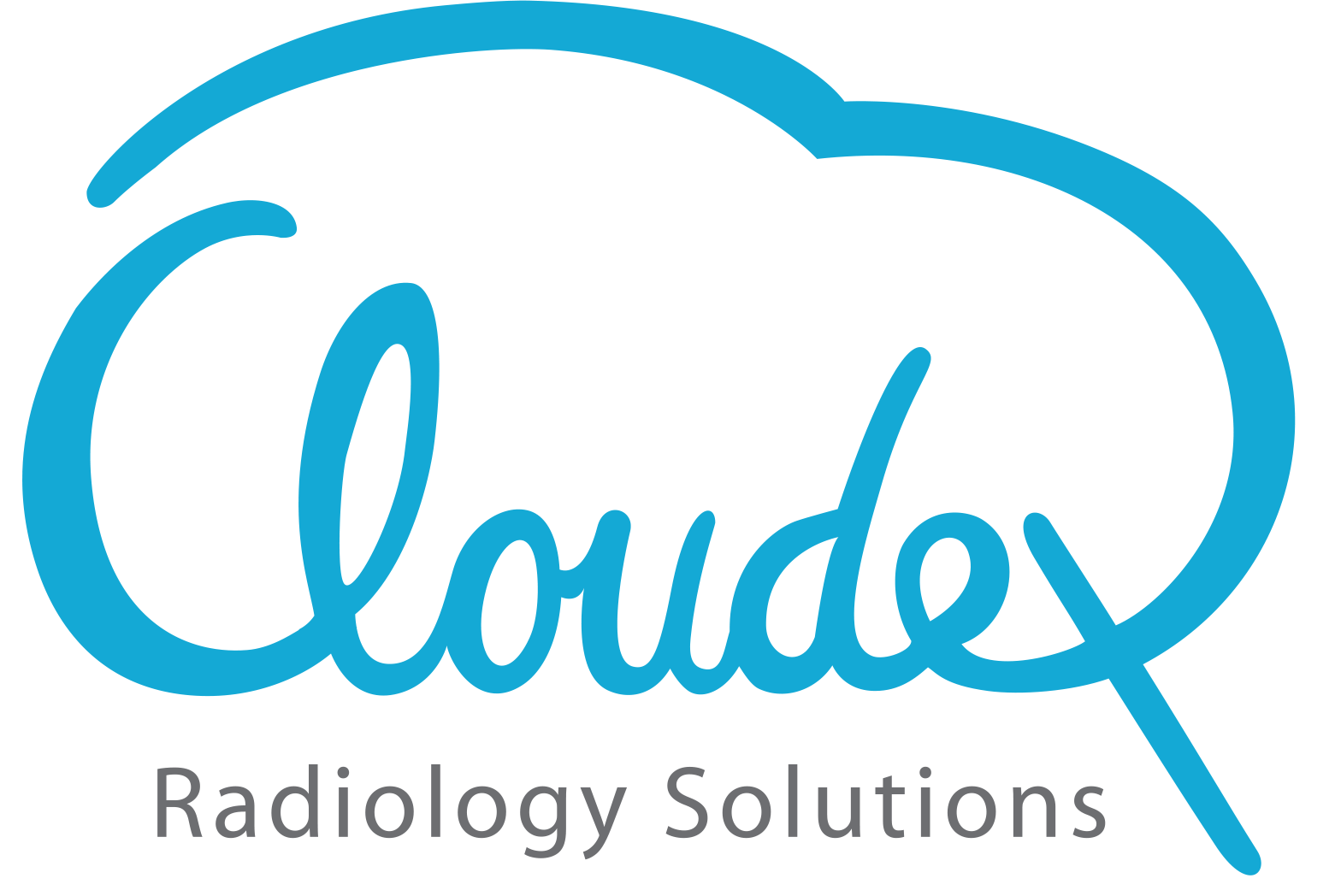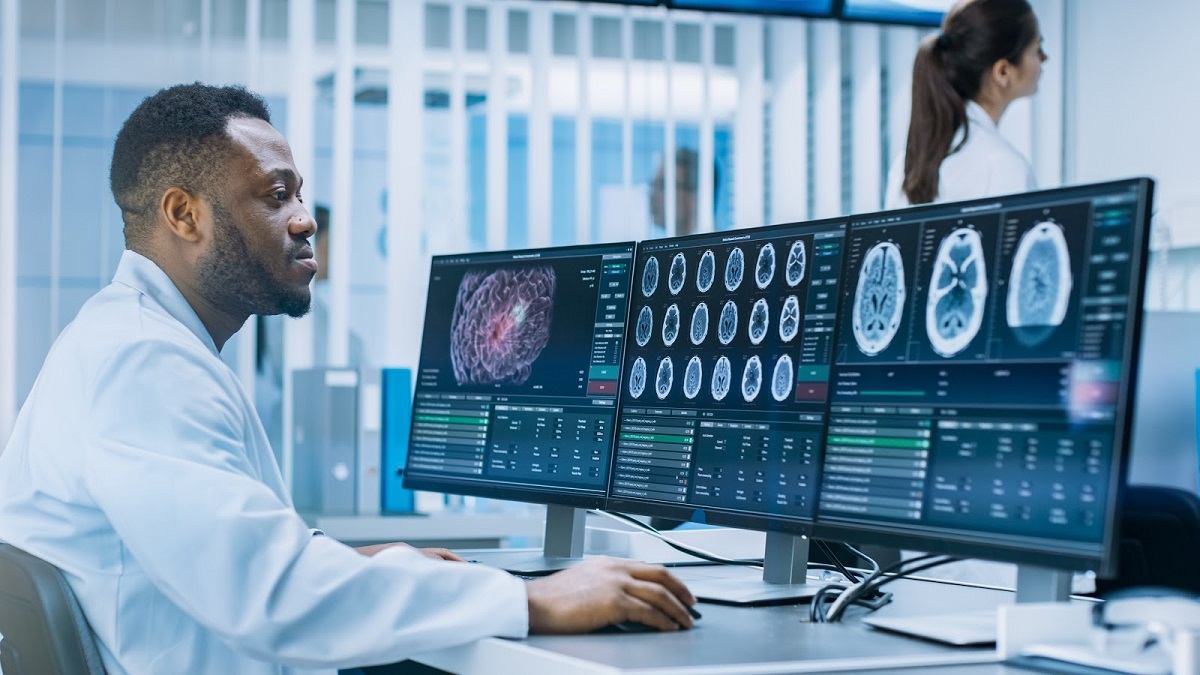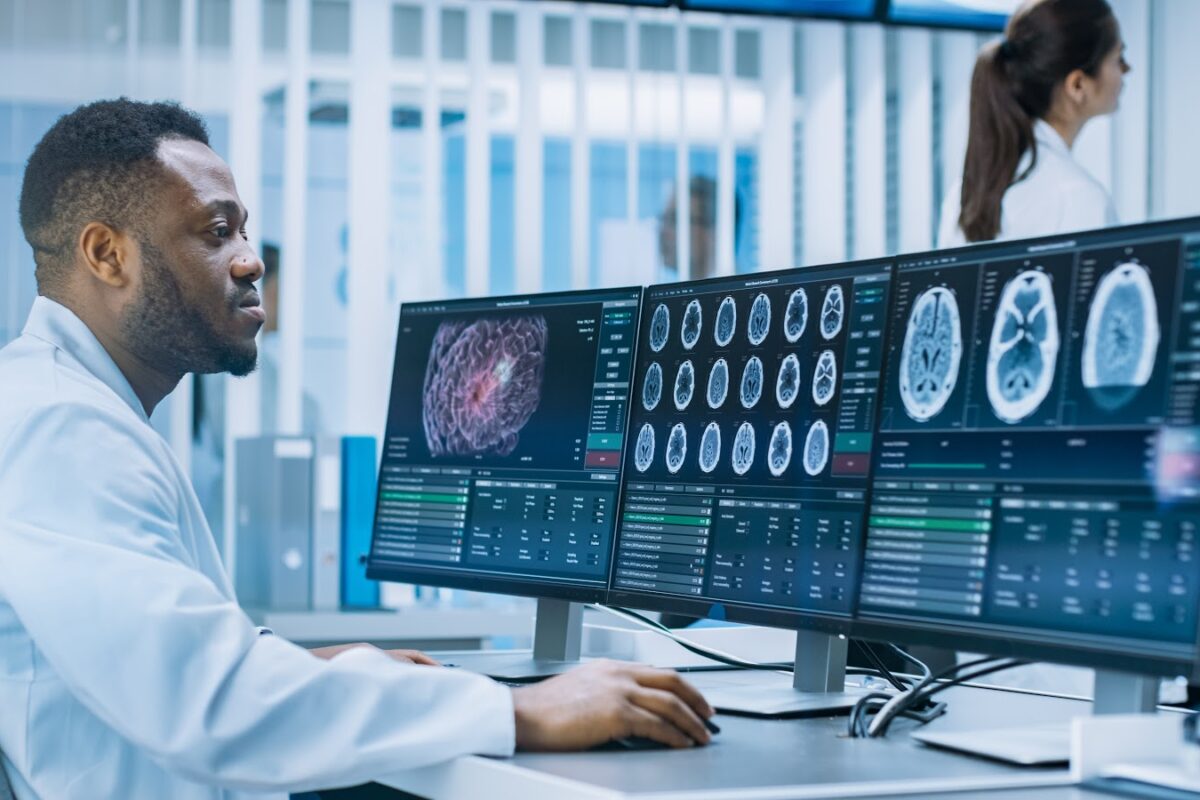The discovery of Radiology by Wilhelm Roentgen, Professor of Physics at University of Wurzburg, Germany in 1895; has revolutionized the way trauma and illnesses are diagnosed and treated. Today, Radiology is not only aiding the diagnostic skills of the physician but also used for quantitative measurement of anatomic and functional processes, image-guided invasive interventional procedures, and an assessment of functional / performance of the organs.
Technology and Teleradiology:
Teleradiology integrated with advanced technology is capable of delivering rapid, reliable, real-time healthcare services without any delay/interruptions irrespective of the geographical limitations and access to specialized reporting services. The digital radiological images are compatible to be viewed on different electronic mediums (electronic monitor/display, note pads, mobile). The radiological image reaches the Radiologist’s workstation without any subsequent intervention for enhancement and review. Various software (PACS & DICOM standards) and hardware support the whole system in maintaining the quality of the image during the process (acquisition, transmission, storage, retrieval); and different compression techniques are employed to contain huge data and maintain the integrity of the digital images. Healthcare service delivery with quality, promptness, correct diagnosis, and appropriate treatment adds to the patient’s satisfaction. This whole system encompasses reliability, efficiency, and economically valued services for every stakeholder.
- Reliability: The protocols, technology-based systems, and multimedia-driven communication channels have made Teleradiology one of the reliable medical services. The other contributing factors are quality of reports, access to a range of tele-reporting services (nighthawk/subspecialty / after-hour services/emergency / second opinion/weekend), experiences and expertise of the radiologists. And this reliability is intangible. It supports the referring physician or emergency department in real-time similar to on-site radiologist whereas for the centers (primary/secondary) present in rural or in geographically challenging places (for e.g., mountain terrains) it provides the physician in delivering medical care without any delay, helps the patient in deciding on transfer (trauma/emergency) or shift to a tertiary center, and encourages the efficient use of the healthcare facilities.
- Efficiency: Time is a crucial factor in patient care delivery. Teleradiology contributes to it by enabling Physician to take important decisions and delivering prompt services. It improves the Emergency department’s capacity & throughput whereas, in multispecialty tertiary hospitals, it works out as an alternate coverage for after-hours / vacation/weekends and plays important role in clearing the department’s stack. Teleradiology enhances the efficiency of healthcare centers (Secondary / Primary / Diagnostic centers) by facilitating patient care without delay, providing access to subspecialty reporting, handling postoperative complications, and reducing the readmission rates.
- Economical, low-budget solutions with high value for money have been encouraging and are one of the main reasons for constant transformation and adaptation of teleradiology in line with the technology and demand in medical services. Every stakeholder, be it patient or hospital management or radiologist or treating physician gains reasonably from Teleradiology. The satisfied patient adds a competitive and winning edge to serving medical facilities.
– Clinically, the Physician is able to gain patient confidence and satisfaction by delivering prompt patient care with accurate diagnosis and appropriate treatment.
– Radiologists are able to manage better work-life balance and have networked with sub-specialty radiologists.
– Hospital management wins in multiple ways; efficiently provides medical services round the clock, handles emergency / critical cases without added costs or overheads, delivers patient care without any delay/interruption. And thereby succeed in achieving popularity with word-of-mouth promotion through satisfied patients.
– Patients are the ultimate beneficiary of this whole system with prompt medical care which not only saves time and money but also lives. Availability of imaging reports at once provides an option to decide on many things like treatment plan/necessity to travel or shift to a specialized center, organizing fund, and emotional support.
Cloudex Radiology Solutions backs the quick TAT with reliability and efficiency…
Cloudex’s panel of qualified, experienced, and expert teleradiologists are capable of providing the interpretation of the radiological image with accuracy and profoundness in details that aid in the revelation of the underlying cause of abnormalities. Our team stands up to the statement on quality as briefed in Radiographics, 2011. 31(6): p. 1511-27 – “Quality in radiology is multi-dimensional and includes measuring, monitoring and improving various aspects of the workflow, including examination appropriateness, procedure protocol, the accuracy of interpretation, timely communication of imaging results as well as performance improvements in safety and efficiency”. We, at Cloudex work with the hospitals / diagnostic centers as a team in ensuring quality patient care from the point of entry, through scan to report delivery by involving the reporting radiologist at each stage ensuring the right protocol, adequacy, and safety of procedure while delivering the accurate interpretation within expected TAT.
Cloudex along with its reliable and efficient team delivers teleradiology services and helps its referring physician or medical facility in winning more satisfied patients as a winning edge in this competitive field.
At Cloudex, we support you to have that winning edge.


